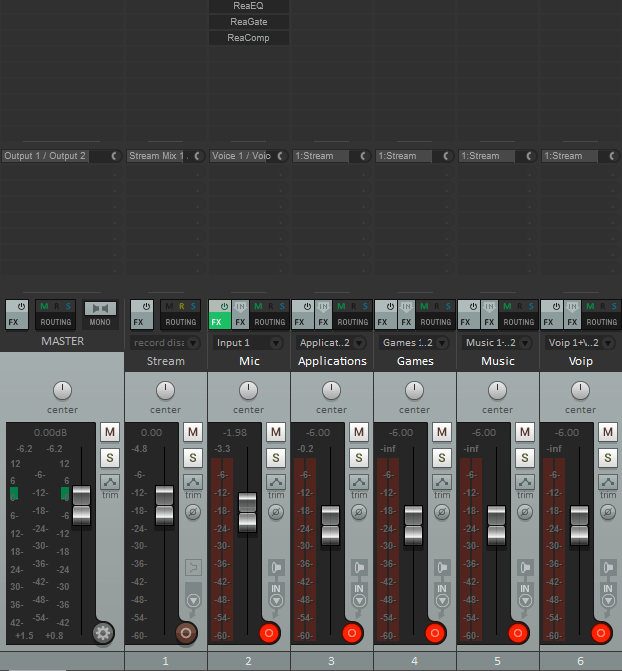

Reaper: UI is a bit harder to get into at first, but also very powerful and by far the cheapest of them all.Bitwig: A bit like Ableton Live, but with a different flavor to it.Has a free version, but unlike the paid one it doesn’t support VST plugins and the integrated plugin selection is rather small Studio One: A bit more conventional, but still very slick UI.
 Ableton Live: Developed for live performing and recording alike, has nice ways to use oneshot clips and extremely good MIDI controller support. Pick your favorite DAW software and install it. I won’t cover how to set up Asio4All here, but it’s really not hard. If you have an audio interface or any other (semi-)professional sound card it should have one, otherwise you will need to use Asio4All. Installing the necessary tools is fairly quick, but you will have to invest some time into learning how to use the DAW that you will be sending your audio through if you have never used one. Then you send the audio from there into another virtual Windows audio device which you can select in OBS/XSplit. Those devices feed into your DAW (along with your microphone) which you can use to control volumes and whatever else you want to do with the audio. The idea is that you create several virtual Windows audio devices, for example one for games, one for other applications, whatever you need. This is probably the most flexible way to handle multiple audio streams using single computer setup – you can separate audio sources like applications, games, VoIP applications (Skype, Discord etc.), control if only you or your stream should be able to hear them, process them in real time and record them separately if needed.
Ableton Live: Developed for live performing and recording alike, has nice ways to use oneshot clips and extremely good MIDI controller support. Pick your favorite DAW software and install it. I won’t cover how to set up Asio4All here, but it’s really not hard. If you have an audio interface or any other (semi-)professional sound card it should have one, otherwise you will need to use Asio4All. Installing the necessary tools is fairly quick, but you will have to invest some time into learning how to use the DAW that you will be sending your audio through if you have never used one. Then you send the audio from there into another virtual Windows audio device which you can select in OBS/XSplit. Those devices feed into your DAW (along with your microphone) which you can use to control volumes and whatever else you want to do with the audio. The idea is that you create several virtual Windows audio devices, for example one for games, one for other applications, whatever you need. This is probably the most flexible way to handle multiple audio streams using single computer setup – you can separate audio sources like applications, games, VoIP applications (Skype, Discord etc.), control if only you or your stream should be able to hear them, process them in real time and record them separately if needed. 
Basically a software mixer, audio processor, VST host, recorder and many more things)







 0 kommentar(er)
0 kommentar(er)
